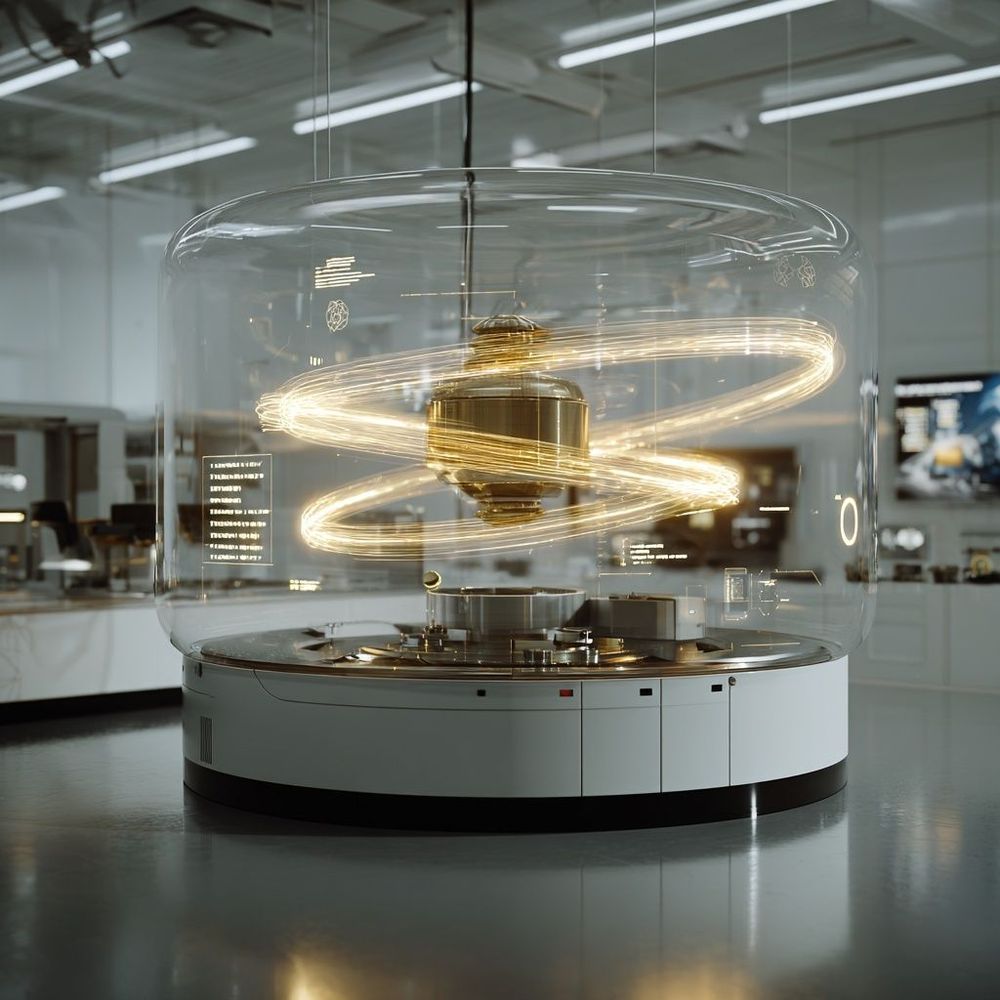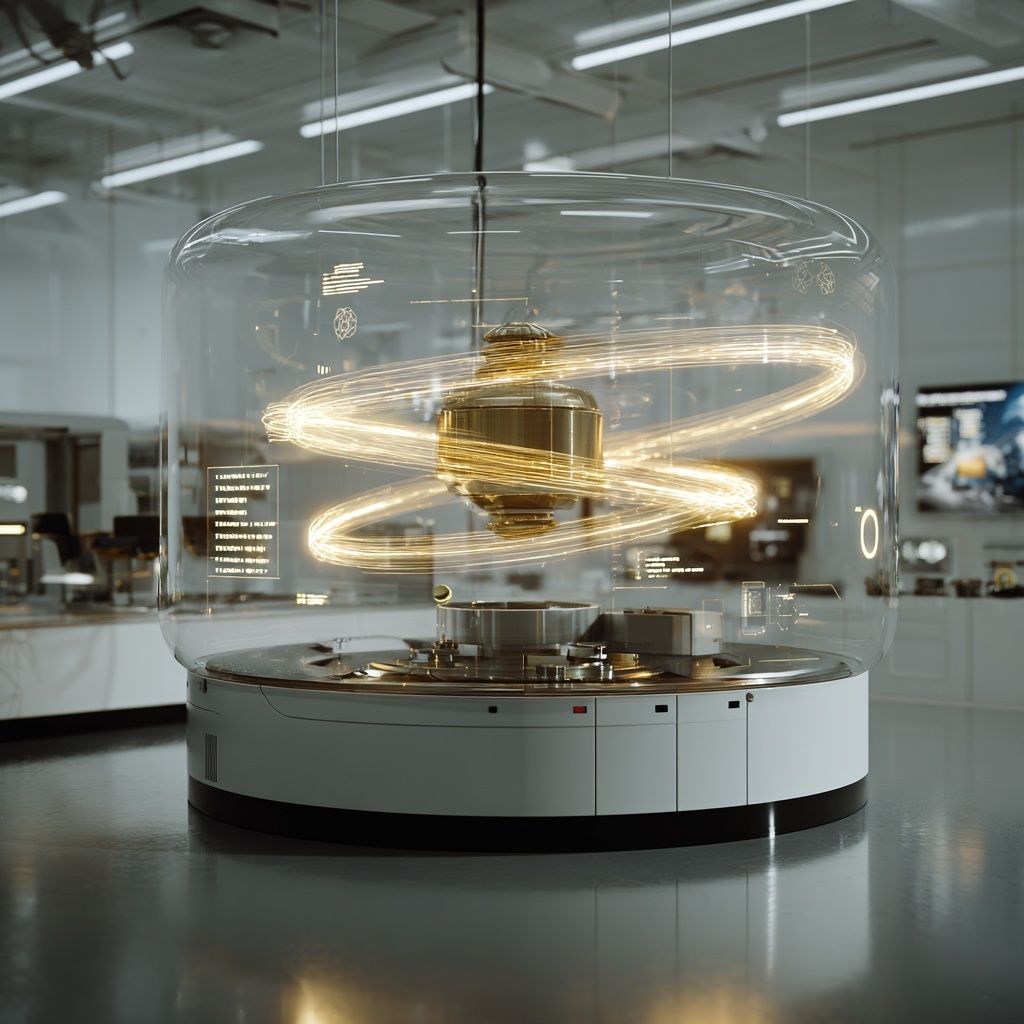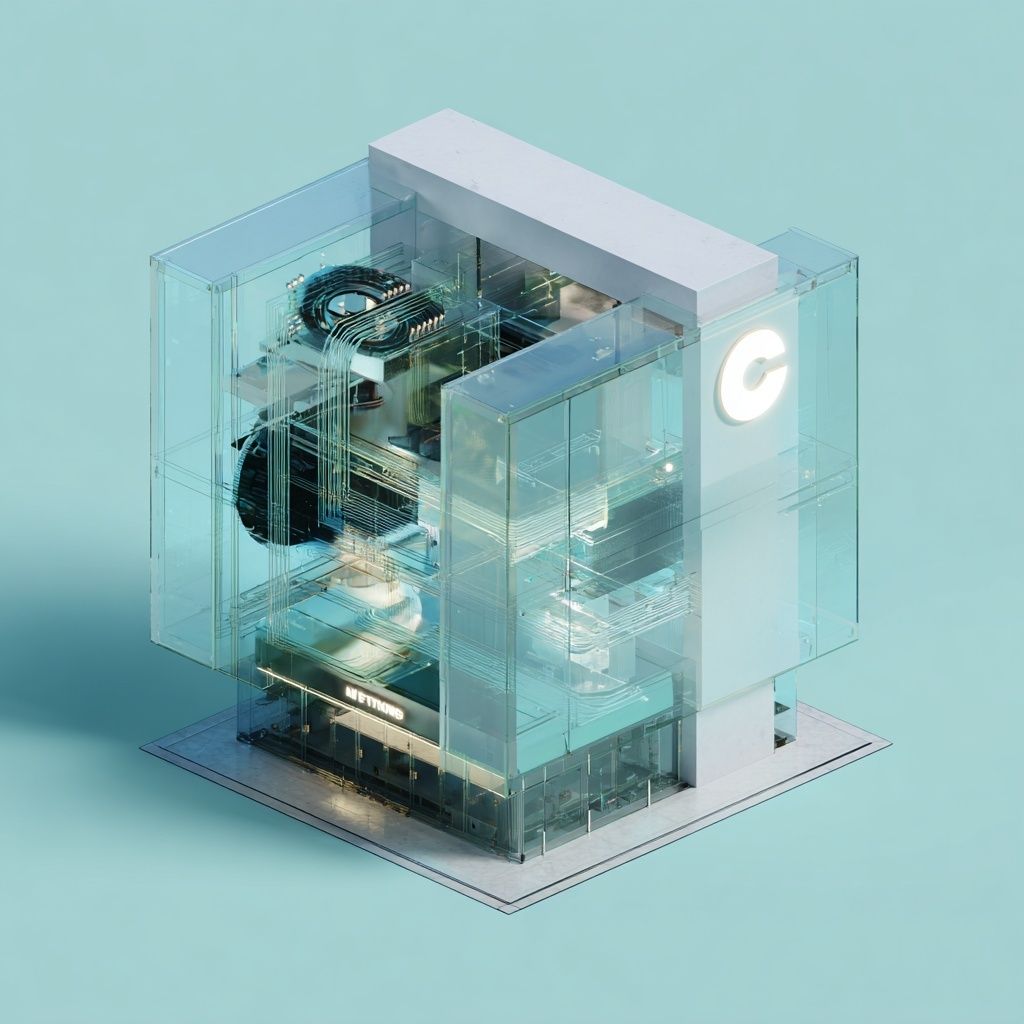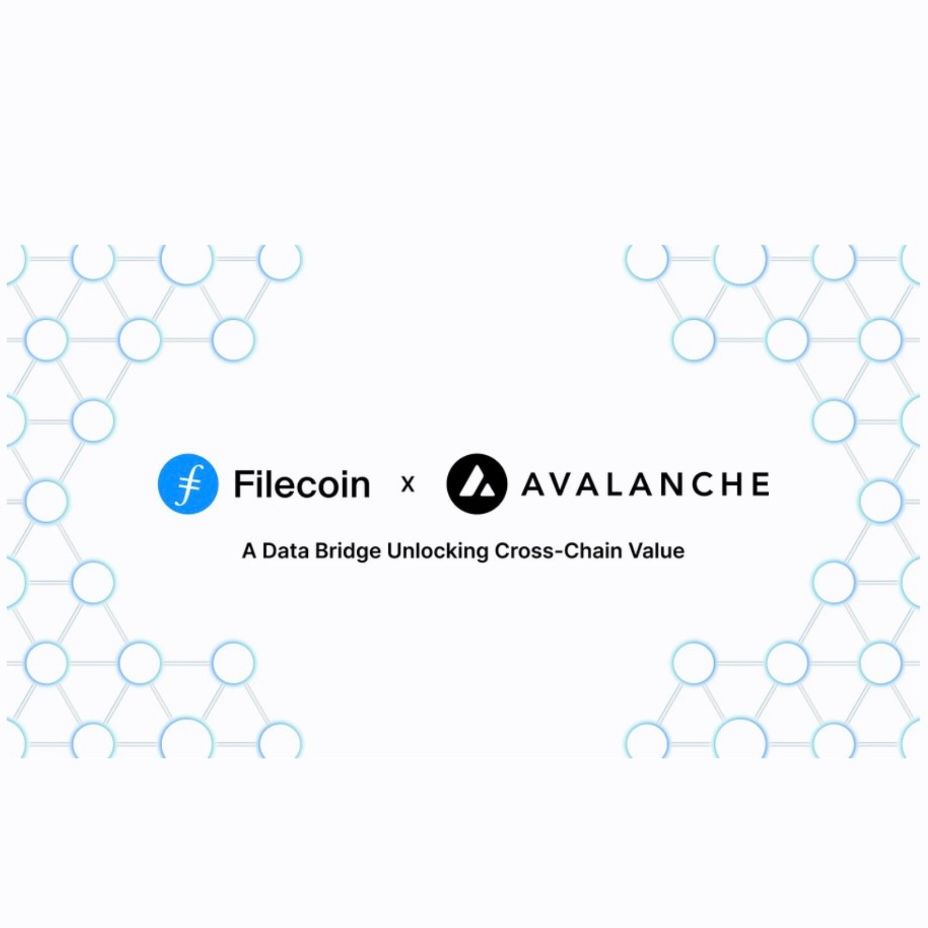Hugging Face and Proxima Fusion Launch Open AI Challenge for Fusion Energy
🔥 Fusion Energy Meets Open AI — Hugging Face and Proxima Just Launched a Challenge to Save the Planet
AI isn’t just writing poems and building chatbots anymore — it’s now helping us unlock star power.
Hugging Face and Proxima Fusion (a Max Planck Institute spin-out) are teaming up to bring fusion energy down to Earth — and they want the entire machine learning community to help design the future of clean power.
This isn’t sci-fi. It’s open-source science with stakes as high as the climate crisis.
☀️ What’s Fusion — and Why Should You Care?
Fusion is the holy grail of energy. It mimics how the sun works:
- ☀️ Zero-carbon
- 🧪 No nuclear waste
- ♻️ Inexhaustible fuel
- 🔒 Minimal meltdown risk
But building reactors that can contain star-level plasma on Earth is a nightmare — especially one kind called a stellarator. These machines are stable and continuous, but their designs are so complex they’ve taken decades to prototype.
AI might be the key to cracking the code.
🤖 From Hand-Tuned Physics to Open ML
The initiative — titled “Bringing Fusion Down to Earth” — opens up 150,000+ real plasma configurations to the world.
The challenge? Build models that replace brute-force simulations with fast, accurate ML predictions. You’ll be:
- 🌀 Designing next-gen stellarator shapes
- 📊 Competing on a live leaderboard
- 🧮 Training models to predict plasma behavior in seconds
- 💾 Using a massive dataset based on VMEC++ simulations
Basically: Turn plasma physics into a public Kaggle tournament.
🧩 3 Tiers of Challenge 🔓
This isn’t just about pretty models — it’s real engineering.
You’ll face three escalating design tasks:
- Geometric Optimization – Design basic stellarator shapes
- Simple-to-Build QI Stellarator – Optimize for real-world manufacturing
- Multi-Objective Design – Balance field quality, stability & complexity
Proxima provides starter code, baselines, and evaluation tools — so you can jump in whether you’re a plasma nerd or a PyTorch prodigy.
🌍 Why This Actually Matters
Fusion isn’t just “cool tech.” It’s the future of global energy.
Right now:
- Fossil fuels are cooking the planet
- Renewables are intermittent
- Fission is scary and slow to deploy
Fusion fixes all of that — if we can make it work. This challenge could shrink fusion RD timelines by 10x, unlocking energy for everyone, everywhere.
And the best part? It’s open, global, and collaborative by design.
🧠 Who Should Join?
Literally anyone who gives a damn about energy, physics, or AI:
- 🧑💻 ML devs who want a meaningful project
- ⚛️ Scientists with simulation fatigue
- 🎓 Students who dream of hacking the future
They’ve got tutorials, docs, community support, and full datasets. No NDAs. No gatekeeping. Just open science at planetary scale.
🧵 Ready to Build the Future?
Start designing stellarators here: 👉 https://huggingface.co/constellaration
This isn’t a whitepaper. It’s an invitation.
⚡ TL;DR
- ☀️ Hugging Face & Proxima Fusion are using ML to design fusion reactors
- 🧪 The challenge focuses on stellarators, the most stable (but complex) fusion machines
- 💾 Public dataset of 150K+ plasma configs released for training + testing
- 🧩 3 real engineering tasks, with baselines and evaluation tools
- 🌍 Goal: shrink fusion RD from decades to years — and unlock the cleanest energy on Earth
AI isn’t just the future of the internet. It might be the future of electricity itself.

Recent News
All Time High • Live
Have questions or want to collaborate? Reach us at: info@ath.live











